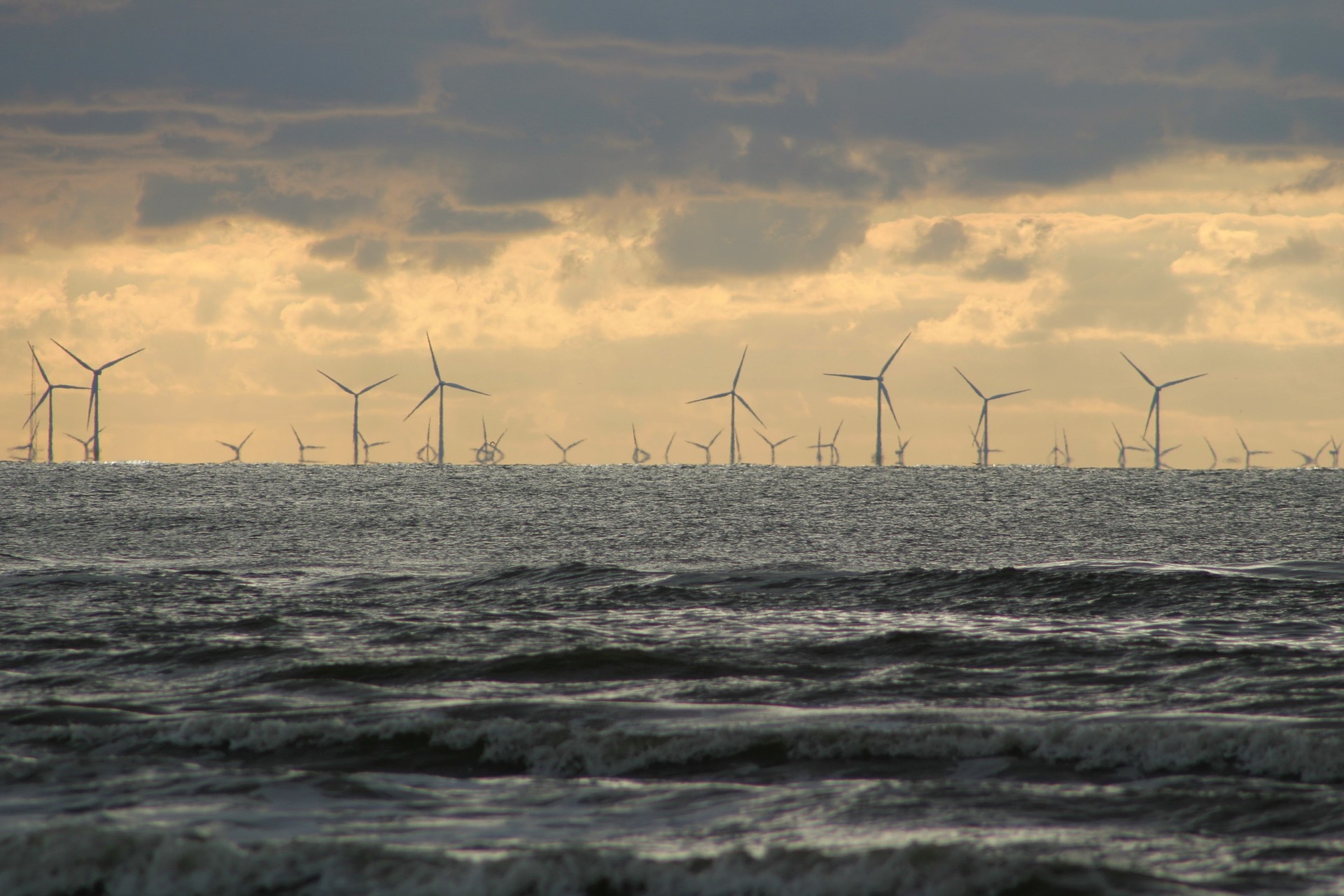The studies taking place for the second year in a row as part of the environmental impact assessment (EIA) of the Saare-Liivi offshore of Utilitas are in full swing and the field work of all the studies provided for in the EIA program will be completed by the beginning of November this year.
“Even in winter, offshore produce significantly more energy than land-based wind or hybrid farms of the same capacity and thereby significantly reduce the need to use expensive and environmentally polluting fossil sources. It is clear by now that if we want to maintain security of supply and meet the national goal of covering Estonia’s electricity consumption with electricity produced from renewable sources by 2030, then offshore are irreplaceable,” Utilitas Wind board member Rene Tammist said.
Utilitas Wind has been developing the Saare-Liivi offshore since 2021 and has done so with rapid steps in order to remain competitive in the region with its development and that the farm could start producing electricity as early as 2028.
Comprehensive environmental studies are carried out in the area of the Saare-Liivi offshore in accordance with internationally recognized methodology, in which both Estonian and international experts are involved.
Over the course of two consecutive years, bird and fish studies will be carried out and the impact on marine mammals, bats, seabed life and seawater quality, currents and waves, protected natural objects and Natura 2000 areas will be assessed. The impact on cultural heritage and the socio-economic environment is also investigated.
“As the one commissioning the environmental impact study, we trust the experience of the involved experts and also apply several new research methods. For example, the birds nesting on Kihnu islets are monitored with GPS devices, which, as far as ornithologists are aware, has not been done anywhere in the world in the assessment of the environmental effects of an offshore . To study the seals, several underwater sound recording devices have been anchored in the Gulf of Riga, with the help of which it is possible to estimate the movement of seals in the area,” Kristiina Nauts, head of planning and environmental impacts at Utilitas Wind, said.
As a result of research carried out last year, it emerged that wind turbines cannot be planned in the southern part of the original development area, foremost due to the bird population. Therefore, Utilitas Wind requested a partial shift of the development area to the west in accordance with the possibility provided by law, and this year the Consumer Protection and Technical Regulatory Authority (TTJA) also satisfied the request. The size of the development area did not change and is still 300 square kilometers.
“Climate changes caused by the burning of fossil fuels negatively affect birds, animals and people. Therefore, building green electricity production capacities is actually a common interest of all of us. We are taking research very seriously, gathering in-depth knowledge of the entire region’s biota, and constantly adjusting our plans,” Nauts added.
In order to collect geological and technical data, several different additional studies are carried out, which are necessary for the development of construction technical solutions for the offshore .
For example, Fugro Utilitas, the world’s leading company engaged in the collection and analysis of geodata, installed a lidar buoy in the area of the Saare-Liivi offshore , which measures the height and direction of wind, waves and currents, as well as water temperature. The speed and direction of drifting ice is also measured through the device located on the seabed.
Areas suitable for offshore in the Gulf of Riga were determined by the county plan for the maritime area adjacent to Parnu County established in 2017. The TTJA initiated the building permit procedure for Utilitas Wind’s Saare-Liivi offshore at the end of 2021 and a year later the authority recognized the EIA program as meeting the requirements.
Utilitas Wind is continuing the planning and design activities on such a schedule that the Saare-Liivi offshore could produce environmentally friendly electricity by 2028 at the latest.
In the first stage of the development, it is planned to erect approximately 80 wind turbines with a total capacity of 1,200 megawatts according to the technical conditions issued by the grid company.

